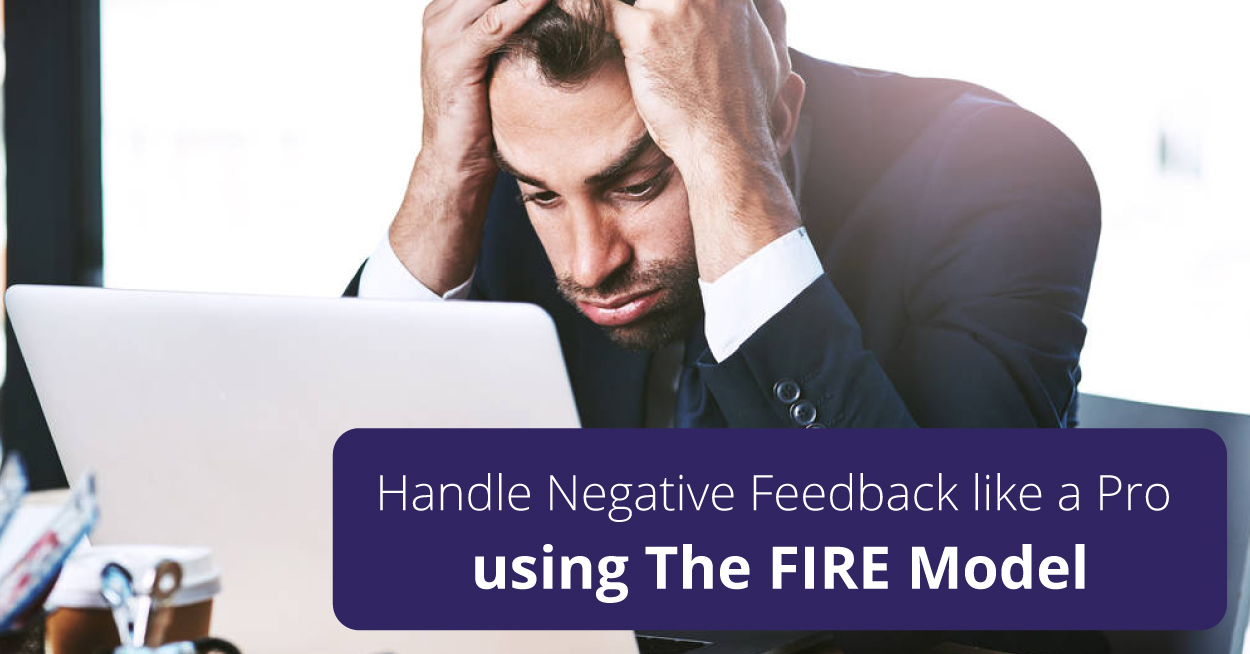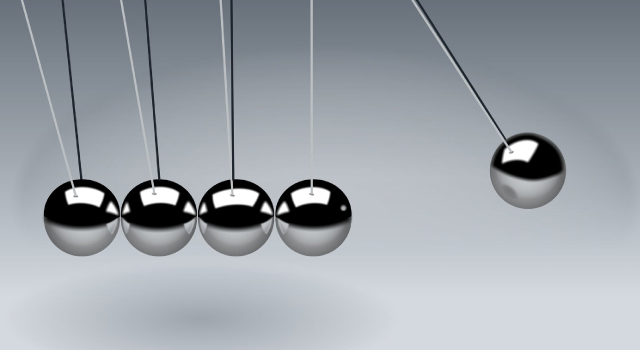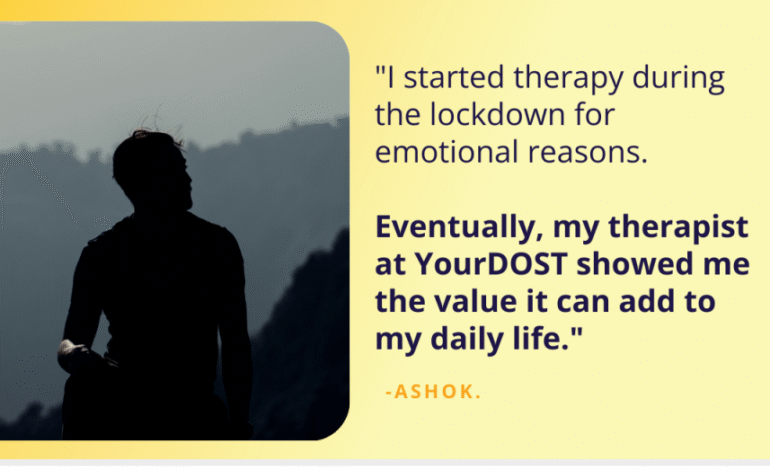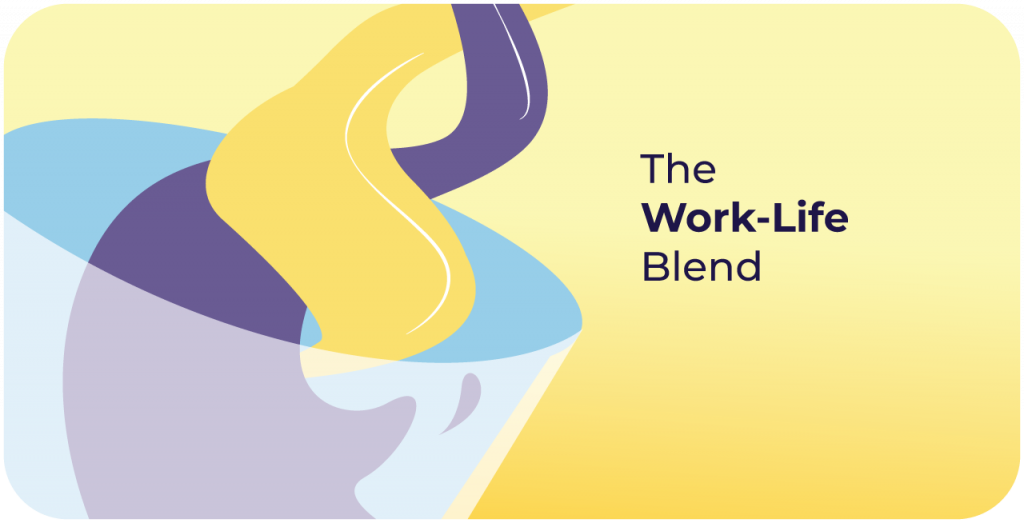Handle Harsh Feedback Like A Pro Using The FIRE Model

How often do you get criticized at work?
Well, considering we are all human beings prone to erring, we’re guessing – fairly often. Being criticized is no picnic. And if your boss happens to be someone who doesn’t like sugar-coating their words, then… it’s not a fun ride.
Take this scenario for example. Ajay, a 26 year old engineer had recently landed his dream job. He was determined to work hard and excel at his new job. However, two months into his job, he was faced with a reality check. His boss confronted him furiously about a minor coding error that cost their team several hours of overtime – and Ajay was responsible for it. “I should’ve never hired you!” his boss yelled at him. “Why don’t you pay more attention to your work? Now I need to have people looking out for you all the time! Do you know how much of a burden that would be on the team?”
There are two ways in which Ajay can react to this situation. Take all of the criticism at once, which will most likely result in him feeling disheartened and dejected. OR, he can use the FIRE model. Developed by Mark Murphy, founder of Leadership IQ and author of “Truth at Work”, this model helps us extract the positive and constructive criticism from negative feedback, allowing us room to work on our mistakes without being weighed down by all the negativity that’s thrown at us.
Let’s break this model down, shall we?
1. Facts
Facts are just those aspects which constitute the bare skeleton of the negative situation. Facts are the reason the negative criticism was given in the first place. They aren’t always pleasant, but facts are not usually the culprit behind the negative feelings resulting from criticism. Spotting the fact of the matter is extremely important, for this will require MOST of our attention in dealing with negative feedback!
What would you say is the fact in the above scenario? That Ajay committed a minor coding error – nothing more, nothing less!

2. Interpretation
Once we hear facts, our wonderful mind jumps into action to interpret those facts. It uses our personality dispositions, life history as well as past experiences to give facts meaning. We don’t always interpret in a logical and rational manner, however. Often, we tend to make snap judgements, and attach disproportionate meanings to the facts of the situation.
In this case, Ajay’s boss interpreted Ajay’s mistake as him not paying enough attention to his work. Committing a coding error might not be ideal, but neither does it point to something as broad as ‘inattention’ on Ajay’s part. In fact, Ajay might have even been extra-careful with this code, but being new to the job, he might not even have realized that he was making an error!

3. Reaction
Interpretation, as we have already mentioned, leads to emotional reactions. This is a very natural response. However, this might just be the most difficult and complicated aspect of the situation! Once an interpretation is made, emotions are quick to arise and difficult to control, and the reactions we display with regard to these emotions are the biggest culprits for hurt and disappointment!
In our scenario above, Ajay’s boss was furious about Ajay’s mistake, and consequently yelled at him. He also expressed regret about his decision to hire Ajay. Such a reaction to a simple mistake is more than enough to distress anyone, isn’t it?

4. End
Our emotions are always driving us towards a certain goal! The emotions that one displays in reaction to the interpretation of facts inevitably push us to pursuing some end goal, whether it be to correct the situation, or simply to let off steam!
In this case, Ajay’s mistake caused his boss to deem it necessary that he be supervised by other employees. His end goal, therefore, was to try to correct the mistake at hand in some form or the other!

What do you think about this categorization? It now allows Ajay to separate constructive criticism from the rest. So, where does the constructive criticism lie? In the Facts! Using the FIRE Model, Ajay would now be able to focus on resolving the fact of the matter – the minor coding error. True, separating the ‘F’ from the ‘IRE’ would take some amount of effort, but doing so will allow Ajay to be more rational and practical about the situation, without letting his emotions get in the way! He can now think of ways to prevent this error from occurring again without feeling too dejected by the criticism he received.
In short, when you receive negative feedback, remember that “F” is your best friend in such situations. “IRE” on the other hand? These are the so-called toxic friends that you need to stay far, far away from!
Are you also having problems dealing with negative feedback at work? Connect with an Expert for support and motivation!






